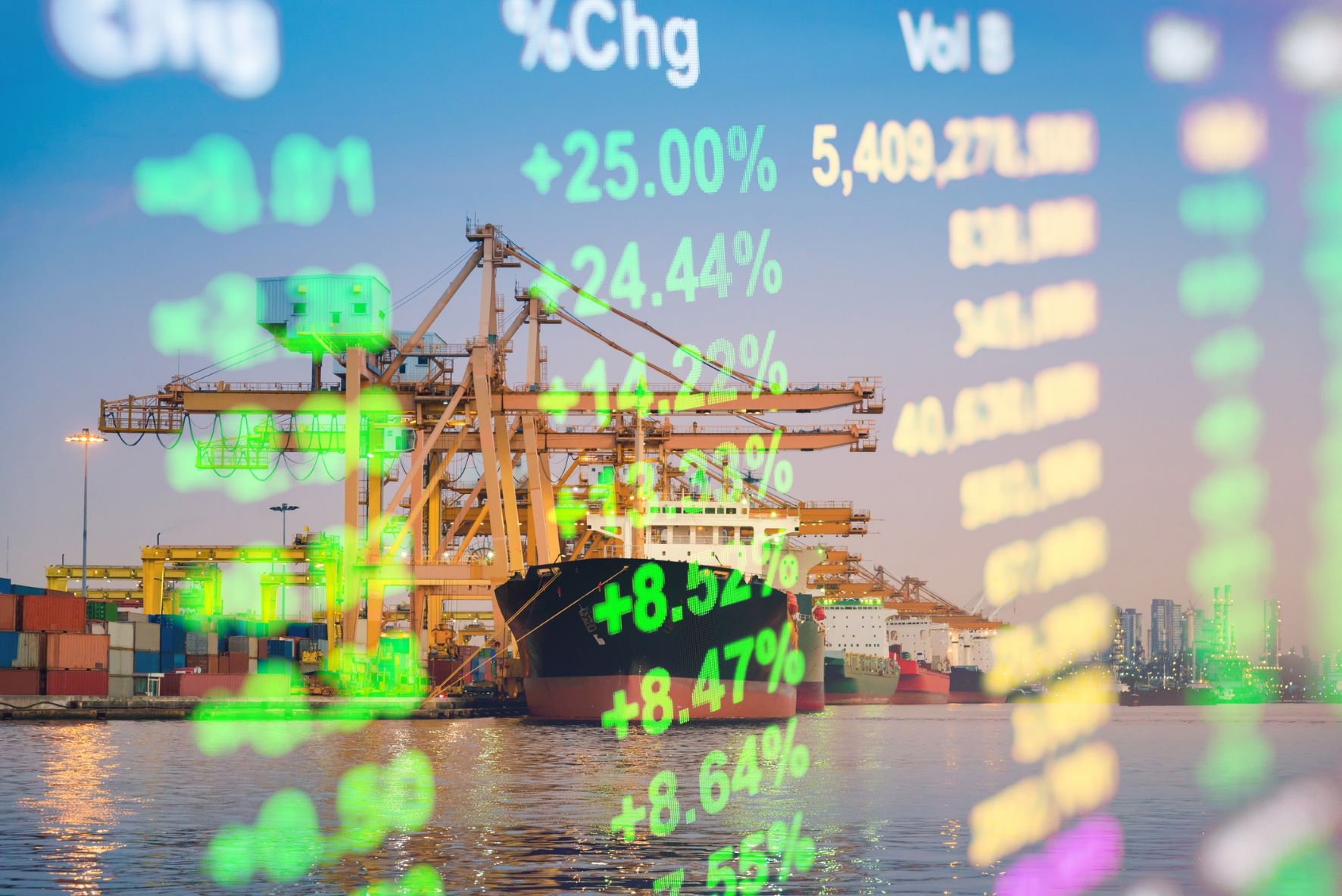Managing your supply chain is a part of your everyday business. What some professionals don’t know is that there are hidden costs in your processes that often go unaccounted for, and can result in your business losing track of your actual costs.
Free Shipping
In this day and age, free shipping is an expectation of customers. But as shippers, we understand that there’s no such thing as free shipping.
Not surprisingly, larger retailers, like Amazon and Wal-Mart, can offer free shipping easier than smaller retailers. The Wall Street Journal reported that Amazon spends an estimated $4-5 per package while an average business can spend around $7-8 for ground delivery.
Consequently, smaller businesses are struggling to meet free shipping expectations while maintaining margins. Most companies seem to be simply eating the cost. According to Kurt Salmon, only 10% of online retailers charged a shipping fee during the 2015 peak holiday season. This trend does not seem to be going away anytime soon. As eCommerce continues to grow, free shipping is an expectation, not a luxury.

Damaged Shipments
“Unsaleable” shipments account for an average of .83% of gross sales, according to Deloitte research. Damaged shipments account for about half of unsaleable goods, which can reach as much as $7.5 billion annually.
Causes of damage can be rooted in package design, improperly loaded pallets, poorly applied shrink-wrap, and other additional in-transit factors.
Regardless of the cause, claims processes, potential customer relationship damage, and costs of the product(s) are all costly. To help diminish these potential costs, it is important for shippers to have a plan in place to alert the customer and replace the shipment as quickly as possible.
Regulatory and Compliance Costs
In the past 9 years, the U.S. trucking industry had to adapt to 600 more federal regulations, according to Inbound Logistics. These heavy regulations affect everything from emissions, hours-of-service, to electronic record keeping.
With all these regulations, there are compliance costs incurred. Unsurprisingly, most of these costs are passed along to shippers.
Another hidden cost passed along to shippers is traffic congestion. Forbes Magazine reports, that congestion costs the trucking industry almost $50 billion annually and 728 million hours.
Inefficiencies
It seems like a no-brainer, but inefficiency can be a huge ball and chain to a supply chain. McKinsey & Company examined over 40 companies worldwide and found dozens of “slightly suboptimal processes and the lack of a lean mindset” that were wasting money on inefficient processes.
These inefficiencies include the design of the warehouse. In many cases, warehouses need reconfiguration to meet today’s technology-driven industry. In some cases, companies can save up to 50% of pallet picking time with a simple redesign of their warehouses.
Another inefficiency found was excess packaging costs, stemming from something as simple as small items packed in large boxes filled with packing peanuts.
By understanding and acting upon the hidden costs in your supply chain, your company can better focus on the bottom line of increasing revenue, cutting costs, and maintaining quality.

